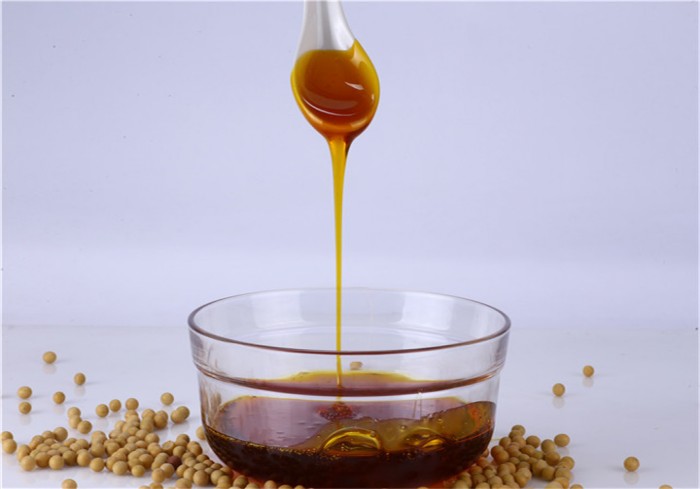Development And Application Of Soybean Lecithin In Food
Published on Nov. 05, 2019
In the food industry, Soybean Lecithin can be widely used as a good emulsifier, moisturizer, softener and antioxidant in various foods such as noodle products, sugar products, baked products, beverages, dairy products, convenience foods and the like. It not only improves the quality of food, prolongs the shelf life, increases the nutritional content of food, and provides high-quality resources for the development of new products for nutrition and health care.
Soybean Lecithin
Worldwide, about 60% of the use of lecithin is used in the food industry, 20% in the feed industry, 10% in the cosmetics and pharmaceutical industries, and 10% in other areas. What are the main applications in the food industry? Soybean Lecithin Powder Supplier will tell you next.
1. candy
Lecithin plays a very beneficial role in the manufacture of butterscotch (such as crispy sugar, creamy peanut butter, sorghum, etc.). It is very difficult to mix sugar and cream. Even if the mixture is evenly mixed, the sugar is separated from the cream after cooling. Add 0.3-0.5% lecithin as an emulsifier to mix the sugar and cream quickly and uniformly. After cooling, it will not separate. It is. It can also prevent the occurrence of creping, granulation and oil removal. Since the cream does not penetrate the surface, it keeps the bright taste of the candy.
2. Margarine
In the margarine manufacturing industry, in order to make cocoa butter and hydrogenated palm oil more like butter, lecithin is usually used as an emulsifier to uniformly mix the fats of various melting points. At the same time, lecithin has antioxidant properties, so that the margarine is not rancid and prolongs the shelf life. In addition, when cooking food, the margarine added with lecithin does not foam in the hot pot, and the cream on the dish does not stick to the plate. Products without lecithin precipitate due to loss of moisture due to heating. Only about 0.1% lecithin is added, which effectively prevents such phenomena from occurring.
3. Macaroni, egg noodles and noodles
Lecithin is already an essential additive in the manufacturing of nutritious noodles. Macaroni with egg lecithin and egg noodles are particularly long and straight, greatly reducing the amount of eggs, and not easy to boil, not easily deformed. The reason is that the adsorption of lecithin forms a composite gel, which effectively prevents the colloid which expands due to the inhalation of water. In addition, lecithin can prevent the evaporation of noodle moisture, and because of its strong water absorption, it can maintain the softness of the noodles without being cracked or deformed. Because phospholipids are antioxidants in the warehouse, they maintain the color of the various foods.
4. Bread, taro and pastries
The addition of lecithin to bread has become common in Europe and Australia. Initially only added to bread cream, cake cream. Since the fluidity of the cream after adding lecithin is increased a lot, it brings great convenience to the processing of the bread cream. Because of its hygroscopicity and anti-oxidation, the color and luster of the bread cream remain unchanged, and the softness of the bread can be maintained, and the bread is not hardened. The lecithin-added bread has increased pores and a correspondingly enlarged volume.
5. Instant milk powder
At present, the instant milk powder sold in the market is a large-sized milk powder. Although the dispersity and brewing ability are better than ordinary milk powder, its dispersity is only about 37% at 30°C, and its brewing performance is also reduced. And the milk powder with 0.2% Soya Lecithin Powder is agglomerated. The solvency is significantly increased, and the dispersion reaches 97%.
The above is the application of soybean lecithin in the food industry, hoping to help everyone.
Previous: Health Care Effect Of Soy Lecithin Powder
Next: How To Eat Soy Lecithin?



